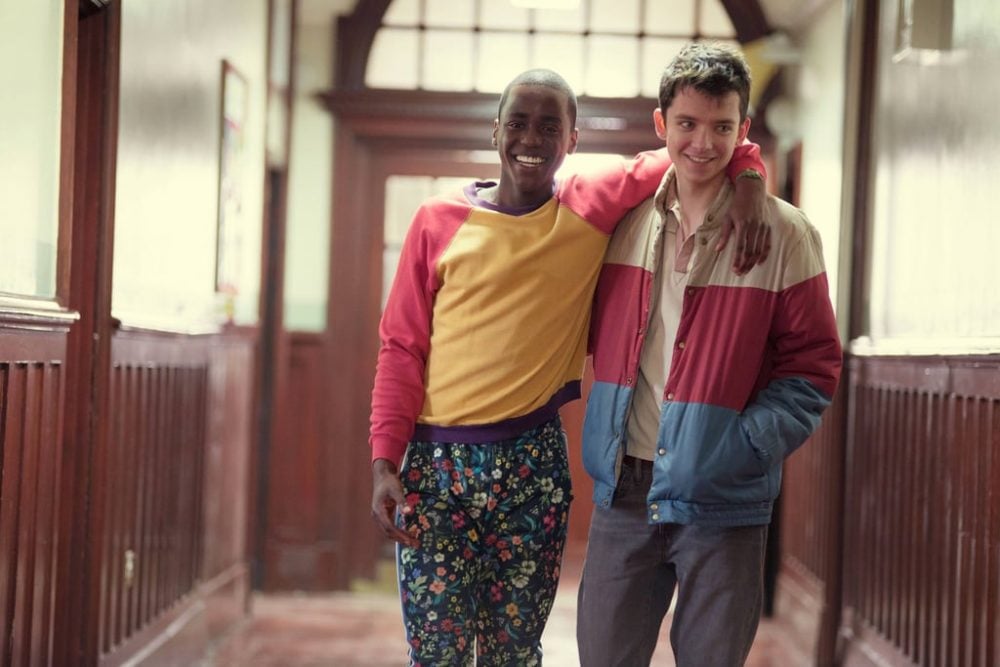Glamorous

7.0
TV Show
TLDR
This fills in the gaping, glittery, heart-shaped hole movies like The Devil Wears Prada and shows like The Bold Type and Ugly Betty left in their wake.
What it's about
The take
Glamorous could easily fit in the 2000s-era boom of workplace romantic comedies. Like Ugly Betty and The Bold Type before it, it follows a group of fashionable twenty-somethings hoping to climb the corporate ladder with their ideals intact, all while trying to impress their diva of a boss, who guides them with a sparkling iron first. But Glamorous is also very much of its time. Instead of a white heterosexual woman, a queer person of color leads the show. Marco is a new hire in a legacy business, and his youthful presence and acumen inspire the company to take bigger risks in capturing the Gen Z market.
Interestingly, Glamorous skips a lot of tropes that used to be par for the course in queer narratives—in this post-Glee world, gay people are no longer anomalies, so you won’t find a lot of the usual coming out and fitting in stories here. This, in turn, leaves a lot of room for the show to tackle newer issues, like how the gay community is painfully divided between masculine and feminine types (Marco’s frequent nemesis is Chad who, while openly gay, is hypermasculine and disapproving of Marco’s “Yas Queen energy”), or how corporations capitalize on queer markets (one of the best episodes in the series hilariously explores the icky gray area corporations enter whenever they launch pride campaigns). It’s easy to dismiss Glamorous as fluff, but it’s actually much smarter and more relevant than it seems.
What stands out
Comments
Your comment
UP NEXT
UP NEXT
UP NEXT
Curated by humans, not algorithms.

© 2025 agoodmovietowatch, all rights reserved.














